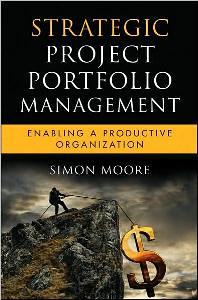Conventional wisdom says, plan your work and work your plan. Failing to complete a task is the antithesis of this.
However, in many organizations, employees are purposefully overloaded. By design, the organization puts more demands on employees than they can reasonably accomplish. Work comes in from customers, co-workers, managers and internal processes. The successful employees are not the ones who get it all done. That’s not possible. Finishing work will simply create more work. The successful employees are the ones who pick the right work to do. An implication of this is that work will ‘fall off’ your task list. But if all goes well, it’s the lower priority work that’s falling off, and the most impactful work is getting done.
The theoretical approach is to determine exactly what you can accomplish and reject other requests, but that approach, can take more time to set up and maintain than most people have, because you’re continually rebalancing for each request that comes in. In organizations with this overload culture and without formal planning, this model reflects the lowest cost process for how work is ‘managed’.

